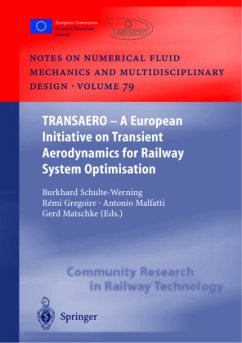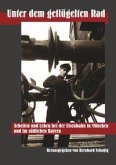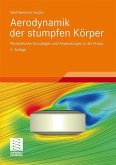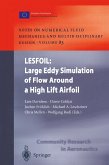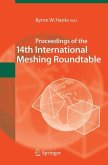This volume entitled "TRANSAERO - A European Initiative on Transient Aerodynamics for Railway System Optimisation" contains the results of the contributors during the project th symposium which took place in Paris, France, on 4th and 5 May 1999 hosted by the International Union of Railways, UIC. This symposium was organised within the framework of the BRITE/EURAM project "TRANSAERO" under contract BRPR-CT9S-0067. The project has been co-financed by the European Union within the Fourth Research Framework Programme. More than 100 participants followed the invitation to the symposium. This great response shows the continuing interest in a relevant topic of railway technology and offered us the opportunity to present the recent results of intense European collaboration to the international community of railway aerodynamic experts. In the last few decades, mobility in Europe, based on automobiles for individual traffic and lorries for freight traffic, has grown more and more; yearly growth rates of more than 10% have often been reported by statistics. Even with a fully developed construction programme for motorways and similar high-performance roads, these growth rates cumulated over the years cannot easily be handled in an environment-friendly way. The European Commission has therefore given distinct political signals to get more passengers onto the railways. This policy represents a clear challenge for the next few decades for European railway companies: the considerable increase in mobility in a Europe with falling borders will cause a doubling of the traffic volume within the next 10 to 20 years.
Hinweis: Dieser Artikel kann nur an eine deutsche Lieferadresse ausgeliefert werden.
Hinweis: Dieser Artikel kann nur an eine deutsche Lieferadresse ausgeliefert werden.
